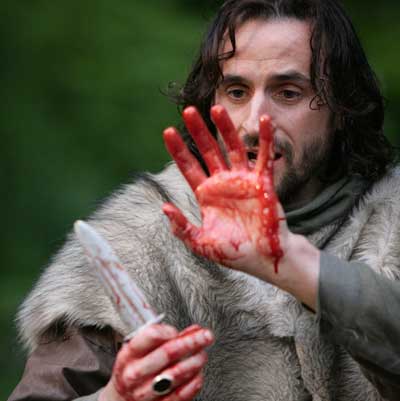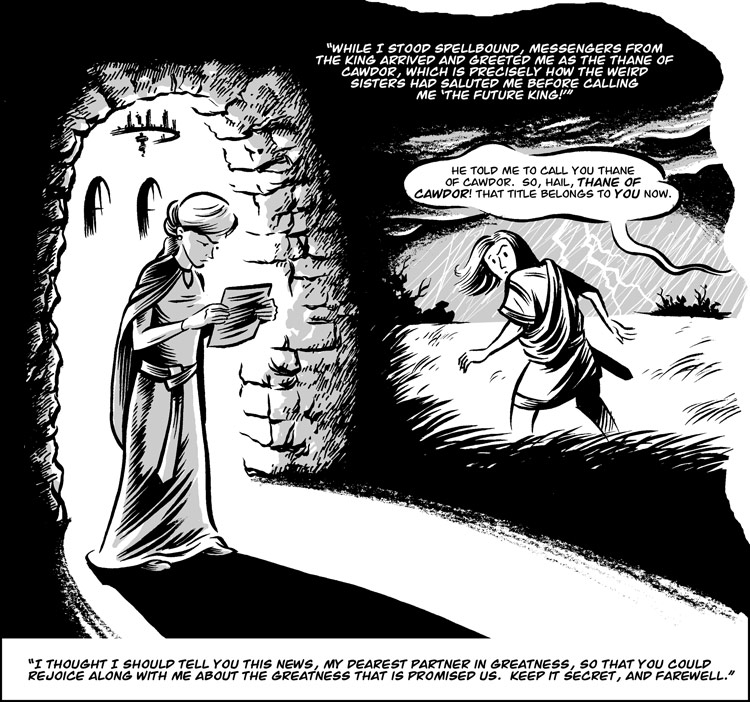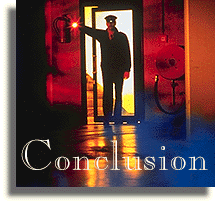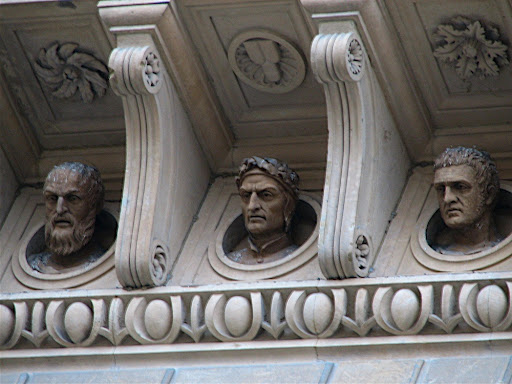
Here's the sample paragraph we wrote in class Tuesday.
Discuss the symbolism of blood in scene two, and apply it to specific lines.
In act 2 scene 2 of Macbeth, Shakespeare uses blood as a symbol of guilt in order to contrast for the audience how Macbeth and Lady Macbeth deal with the guilt over the death of Duncan. When Macbeth returns from having killed Duncan and finds blood on his hands, he worries about the ability to wash his hands clean. ‘Will all great Neptune's ocean wash this blood / Clean from my hand? No, this my hand will rather / The multitudinous seas in incarnadine, / Making the green one red.’ (II.ii.27-30) Shakespeare does this to show Macbeth’s strong sense of guilt over the act he has just performed. By saying that he doubts whether he can wash his hands clean, Macbeth symbolically shows his doubts that he will ever be free of the guilt over the murder. In fact, not only will his guilt be permanently on his hands, but it will make all of the sea red: this foreshadows the fact that Macbeth’s sense of guilt will affect not only him, but all of Scotland as it motivates his tyranny. On the other hand, Lady Macbeth has a totally different attitude about the blood and, symbolically, her sense of guilt. She says, ‘My hands are of your colour,’ but in contrast with Macbeth, assumes that ‘A little water clears us of this deed: / How easy is it, then!’ (II.ii.39-40) Lady Macbeth sees the guilt, symbolized by the blood on her hands, as insignificant; it can easily be washed away, forgotten, left behind. By having both characters talk about the blood on their hands, Shakespeare contrasts the two characters’ attitudes about guilt and the consequences of evil actions.























